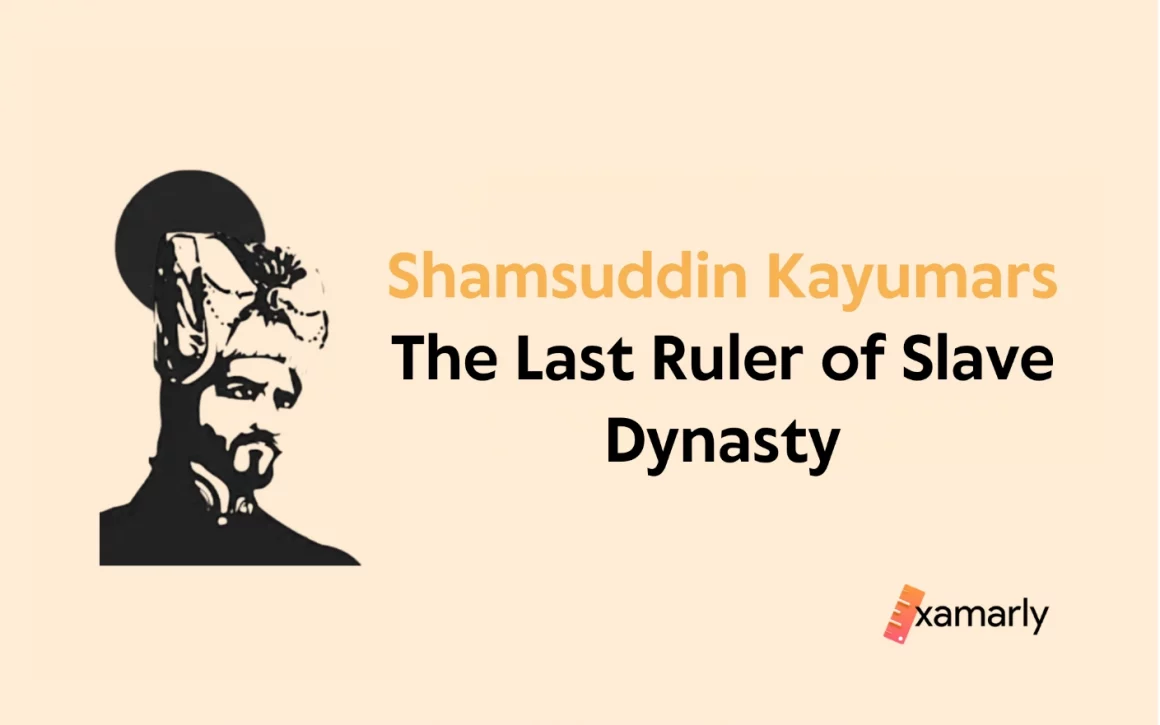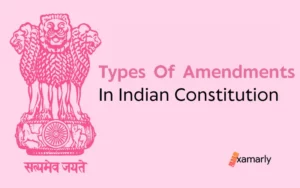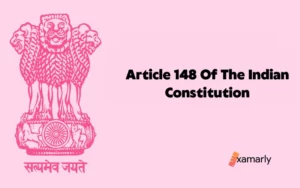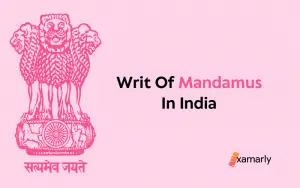The father of Shamsuddin Kayumars was Muiz ud-Din Qaiqabad, the tenth sultan. In 1290, after Muiz-ud-Din’s death, he succeeded over as Sultan of the Delhi Sultanate. He was the Mamluk/Slave Dynasty‘s eleventh & the last sultan, ruling the Delhi Sultanate.
In this article, we will explore the life and legacy of Shamsuddin Kayumars, examining his rise to power, the challenges he faced, and the end of the Mamluk Clan.
Shamsuddin Kayumars – Historical Background
Shamsuddin Kayumars was the eleventh sultan & the last ruler of the Slave Dynasty in India. The Clan was founded by Qutb Ud-din Aibak, a slave of Muhammad Ghori, in 1206 AD, and it lasted until 1290 AD.
- Shamsuddin Kayumars, whose full name was Nasir-ud-Din Shamsuddin Kayumars.
- He ascended to the throne in 1290 AD after the death of his father.
- According to some sources, Jalal ud din Khilji assassinated his father, Sultan Qaiqabad who was a weak ruler.
- At that point, Turkic nobles placed his son Kayumars as Sultan.
- At the time of being appointed as the Sultan by the nobles, he was only 3 years old.
- He was the great grandson of Ghiyas ud din Balban.
- Kayumars had several challenges during his short reign, including threats from the Mongols, who had invaded India from the north, and rebellions from within his own territory.
- Some sources state that Kayumars died in 1290 AD, the same year he was put on throne.
- With his death, the Dynasty came to an end.
- By killing Kayumars and taking the throne, Jalal ud din put an end to the Mamluk monarchy, became the Sultan and established the Khilji Dynasty.
Also read:
Shamsuddin Kayumars – Death & Aftermath
The exact circumstances of Shamsuddin Kayumars’ death are not clear. It is believed that he died in 1290 AD, but the cause of his death is not known with certainty.
- Some historical accounts suggest that he may have been poisoned by his own family members or ministers who were unhappy with his policies.
- Others suggest that he may have died of natural causes.
Regardless of the cause of his death, Shamsuddin Kayumars’ reign marked the end of the Slave Dynasty and the beginning of a new era in Indian history.
You might also like to read about:
Summary
As the Slave Dynasty gradually progressed, its rulers became inefficient & weak. But with Shamsuddin’s death, the dynasty came to an end, and he was succeeded by Jalal-ud-din Khilji, who founded the Khilji dynasty.
It was after the Khiljis that the Tughlaq Dynasty, the Sayyid Dynasty & the Lodi Dynasty came to power sequentially.
FAQs on Shamsuddin Kayumars
Who was Shamsuddin Kayumars?
Shamsuddin Kayumars was the last ruler of the Slave Dynasty in India, who ascended to the throne in 1287 AD after the death of his father, Muiz ud din Qaiqabad.
What was the period of his reign?
He was put on throne by the nobles in 1290 AD & was killed later that year as some sources state. Other sources say he ruled for 2 more years and was assassinated around 5 years of age.
How did his reign come to an end?
Kayumars died in 1290 AD, and with his death, the Slave Dynasty came to an end. He was succeeded by Jalal-ud-din Khilji, who founded the Khilji dynasty.
What was the legacy of Shamsuddin Kayumars?
Shamsuddin Kayumars’ reign marked the end of the Slave Dynasty and the beginning of a new era in Indian history. His reign was characterized by stability, consolidation of power, and patronage of the arts and literature.






